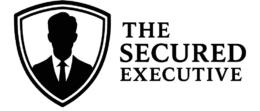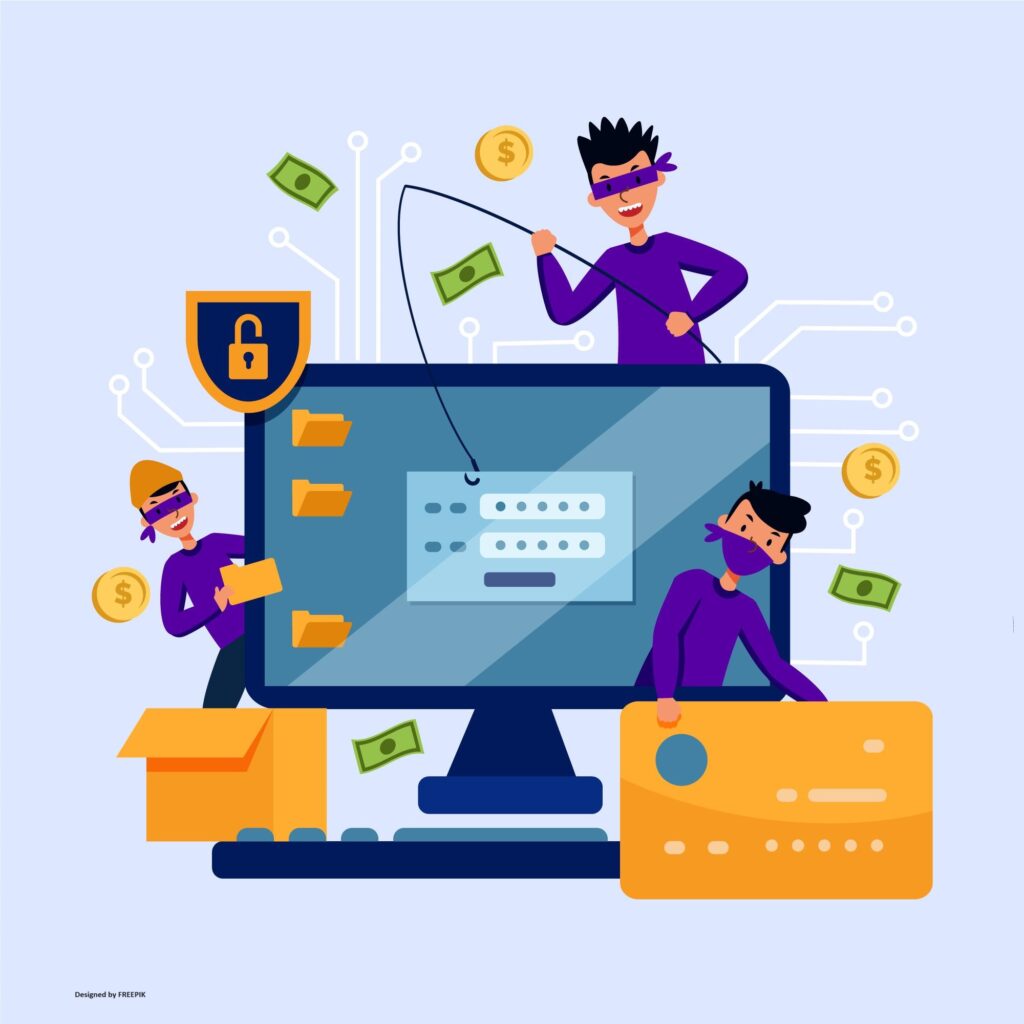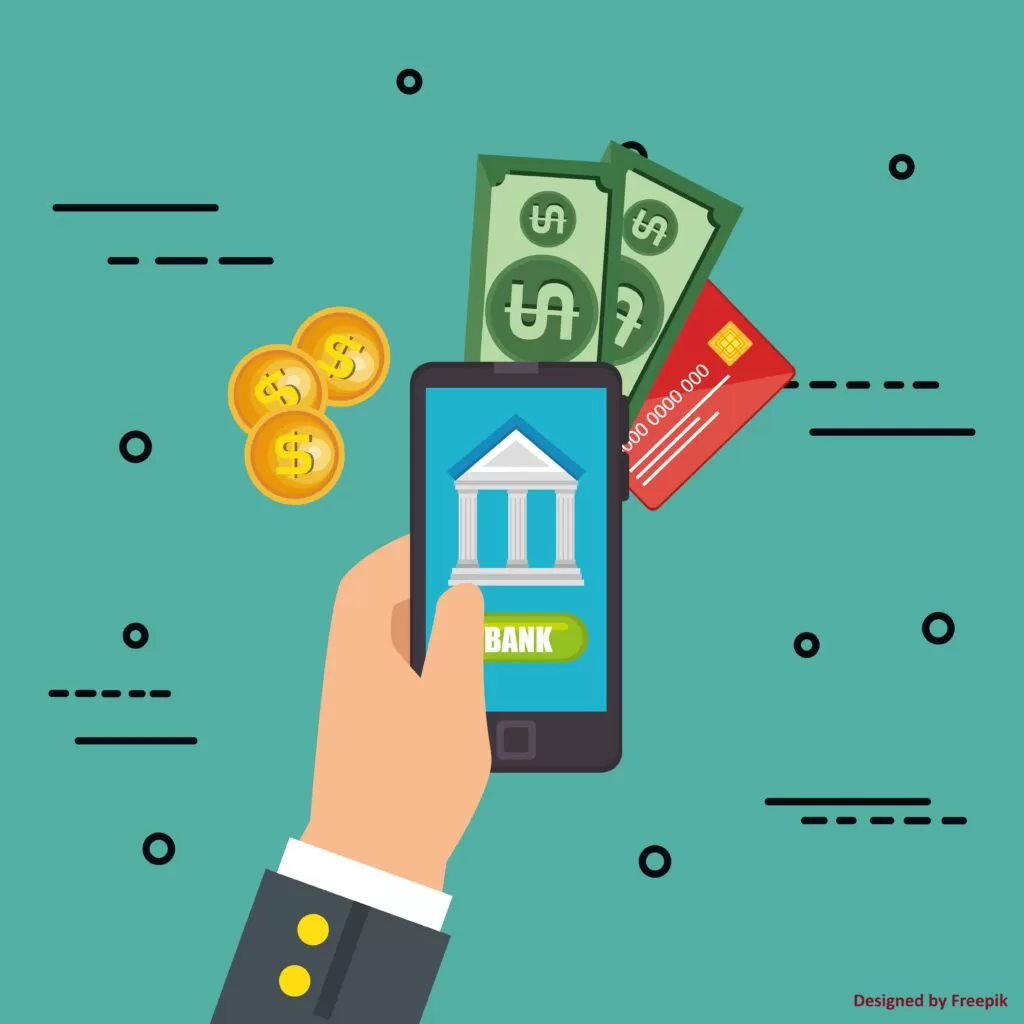You wake one morning and, while sipping your favorite brew, you glance at your phone, only to see a dark web monitoring alert. Your executive login credentials, passport scans, and financial records are being sold or auctioned off on a dark web marketplace.
The worst part is that this may not even be the result of a new breach. Your data could have been circulating in the criminal underground for months before it surfaced in a place your monitoring service could detect.
Maybe it was a dark web alert. A strange login prompt. A credit monitoring ping you didn’t expect. For high-profile individuals, these indicate red flags that your identity is already in someone else’s hands. The dark web is a hacker’s playground; a place that’s a digital black market where your reputation, wealth, and influence are traded like currency. While cyberattacks on corporations make headlines, the personal lives of executives are increasingly becoming the softer, more vulnerable target.
That’s where dark web monitoring for executives comes in; it’s not just a nice-to-have, it’s a necessity. In this article, we’ll investigate why executives are priority targets for dark web operators, how your data gets leaked in the first place, and what dark web monitoring actually involves. We’ll also learn how to interpret the warning signs, and what advanced, real-world steps you can take to protect yourself. So let’s get to it!
Jump To:
Toggle
What Is Dark Web Monitoring, and Why Do Executives Need It?
Let’s start with the basics. The dark web is not indexed by search engines like Google or Bing. It’s a hidden and somewhat mysterious part of the internet where cybercriminals buy, sell, and trade all kinds of personal and corporate data, such as passwords, documents, account logins, and even passport scans.
Dark web monitoring is a service that scans this underground marketplace to look for any signs that your information is out there.
Now, here’s the key difference: while basic monitoring services might look at your email or credit card activities, dark web monitoring takes it a step further and looks for:
- Work-related emails and domains
- Passport and travel info
- Investment or banking identifiers
- Alias accounts and burner addresses
- Leaked private messages or internal files
In short, it’s not just about protecting your identity. It’s about protecting your reputation, your company, your family, and your future. Absolute necessities, especially if you’re an executive, high earner, or public figure.
Such individuals are targeted because their data can unlock doors. Someone could gain access to sensitive company files, confidential negotiations, or payment systems through a single compromised account.
The fact that executives have a higher digital footprint means more opportunity for leakage. But unlike mass-market monitoring tools, premium dark web surveillance combines machine learning with human threat analysts to detect sophisticated targeting patterns.
More importantly, it helps with executive privacy protection, stopping threats before they hit your inbox or the headlines.
According to IBM’s Cost of a Data Breach Report, business email compromise (BEC) and credential theft cost organizations over $4.9 million per breach in 2023, and executives were disproportionately targeted.
How Executive Data Ends Up on the Dark Web
It may interest you to know that executives are rarely hacked directly; this could be due to the fact they’re high-level individuals who have strong security in place, like two-factor authentication, secure devices, and corporate monitoring.
So generally speaking, going after an executive directly isn’t just harder than going after the average person; it’s more likely to fail. That’s why hackers prefer indirect routes, like through assistants, vendors, or unsecured personal accounts. It’s less obvious, less protected, and far more likely to work.
With this in mind, here are some of the most common indirect attack paths.
Third-Party Vendor Breaches
Executives and high-income individuals rely heavily on external services like law firms, PR agencies, accounting firms, and travel planners. These organizations handle most of their sensitive data, but may be lacking proper security standards. Hackers are aware of this and will exploit these weak links to access high-value identities.
Phishing, Whaling & Social Engineering
These attacks rely on tricking people, not necessarily breaking into systems. Hackers can use urgency and insider lingo to pose as a colleague, vendor, or even you. The objective is to convince someone on your team, like your CFO, to do something against their will, like wire money or share access to sensitive information. That’s whaling: targeted phishing aimed at executives. It’s highly convincing, hard to detect, and can easily slip past even the best security tools.
Leaked Travel or Financial Data
Executives tend to do a lot of traveling. That means their information, such as travel dates, locations, and payment information, is present on hotel reservation systems and private flight manifests. All of which can be accessed by cybercriminals and sold on the dark web. Even real estate filings can be leaked and sold in dark web forums.
Credential Reuse
I always say, don’t reuse passwords. Even one reused password from a few years ago, especially on a personal account, can become the entry point into your corporate world. Many executives don’t realize how easily access to one account can lead to exposure in others. A single reused password or linked email can quietly unlock multiple systems, such as personal, financial, or corporate, without raising any alarms.
Dormant Accounts
If you’ve got old social media accounts, forgotten cloud storage, outdated domains, unused email accounts, or inactive logins, these may still contain potentially sensitive information. And if left unchecked, it presents a security vulnerability.

Dark Web Threats to High-Profile Individuals
The risk of leaked data goes far beyond identity theft. Once your personal information hits the dark web, the consequences can be catastrophic. It can be used to break into your accounts, impersonate you, defraud your company, or even blackmail you. Hackers not only steal your data, but also use it as a weapon against you.
Here’s how your executive data can be weaponized:
Impersonation Attacks
If cybercriminals get hold of your stolen data, criminals can replicate your voice, tone, and behavior. And with advances in AI, they can do these faster and easier than ever. They can quickly craft emails or messages that appear authentic to deceive your associates, like your CFO, investors, or partners.
Deepfake Wire Transfer Fraud
Attackers are now using AI-generated audio and video to simulate executive meetings, approvals, or voice notes authorizing fraudulent actions. They can then use these to perform tasks like tricking your boss or CFO into wire transferring money. The AI-generated video and audio are becoming so convincing that the CFO will transfer the funds easily because they’ll believe the request actually came from you.
Public Doxxing and Swatting
Executives who take bold positions, make controversial statements, or simply attract the wrong attention can become targets of doxxing. Doxxing is where personal details like your home addresses, family names, travel plans, and financial information are posted online. In more extreme cases, swatting attacks can occur; this is when someone makes a false emergency call to send armed police to the executive’s home, putting lives at risk.
Family Targeting
As mentioned before, cybercriminals will sometimes focus their attention on those around you, and your family members are usually at the top of the list. Your teenage child may leak their email address or post something revealing online. A breached airline manifest containing your spouse’s name could potentially lead to unexpected consequences. Very often, your family members can be your weakest link, and cybercriminals know that.
Corporate Espionage
Executives frequently engage with a diverse range of individuals, not all of whom may have their best interests in mind. Competitors, disgruntled insiders, or state-backed actors monitor the dark web for leaked executive communications to gain leverage in lawsuits, takeovers, or negotiations.
Signs Your Data Is Already on the Dark Web
Cybercriminals work in the shadows, gathering as much information as they can, quietly testing and observing before striking. You must therefore be able to recognize the early signs of your data’s exposure. Early detection is crucial and can make a huge difference between containment and catastrophe. Here are a few red flags to watch out for:
Unusual Login Attempts or MFA Requests
If you notice sudden login notifications, MFA (Multi-Factor Authentication) code prompts, or failed login alerts from unfamiliar locations, this could indicate a hacker attempting credential testing.
Unrequested Password Reset Emails
Everybody occasionally forgets their passwords and requests a reset. However, if you notice a password reset request in your inbox that you didn’t ask for or a high volume of password reset requests, especially across legacy services or financial platforms, those are red flags that cannot be ignored. These will more than likely indicate that someone is probing your accounts.
SIM Swaps or Phone Outages
If you lose cellphone service unexpectedly or get strange carrier text messages, it could indicate a SIM swap attack. This is when someone tricks your cellphone provider into transferring your phone number to another one that they own. This, in turn, gives them access to your calls, texts, and two-factor authentication codes, allowing them to gain access to your accounts easily.
Fake Social Media Profiles
Cybercriminals will make LinkedIn and Instagram clones of you. And they’ll use them to contact your colleagues, impersonate you, or gain social proof in phishing campaigns.
Highly Personalized Phishing Emails
These might mention events or people that are familiar to you, like private events, partners, or documents. Cybercriminals crafted these personalized emails using data from multiple breaches. Their goal is to convince you to perform a particular action, like clicking on a link or downloading an attachment; both actions can bring malware to your system.
Unexplained Financial Alerts
Suspicious charges, flagged transactions, or login attempts from overseas IPs, particularly on secondary accounts, may indicate that your financial data is at risk.
Inclusion in Threat Intelligence Reports
If a monitoring service or a tool scans the dark web and hacker forums for your personal or company data, and it finds a match (like your email, an old password, or IP address), it means that your information is already circulating among cybercriminals.
Take note: if you’re alerted by a monitoring service, take it seriously. Your data is already in the wrong hands.

How to Monitor Executive Data on the Dark Web
So how do we monitor the dark web to see if our data is in it? You should know that monitoring the dark web isn’t something you can do on your own. Because the dark web isn’t indexed like Google or other search engines, it requires specialized tools and expert support to access its hidden forums, encrypted marketplaces, and breach dumps that aren’t visible through normal search methods.
Think of it like searching for a stolen yacht on an uncharted ocean with no map, no lights, and pirates watching. Without trained professionals and the right tech, you won’t find the threats, let alone stop them. Here is a step-by-step strategy that you can use:
1. Use Enterprise-Grade Monitoring Services
Tools like Kroll, SpyCloud, or Constella Intelligence are tailored for executive risk. They offer real-time alerts, analyst support, and advanced breach mapping.
2. Scan All Personal and Corporate Assets
When setting up dark web monitoring, it’s important to include both personal and professional information; otherwise, the system won’t know what to look for. Be sure to monitor work and personal emails, old usernames, phone numbers, passport details, company domains, and any login credentials linked to high-risk vendors or third-party services. The more complete your monitoring profile is, the more likely you are to catch a threat before it escalates.
3. Set Up Alert Protocols
Set up alert protocols by deciding who will be notified and how quickly when a threat is detected. It doesn’t matter if it’s your CISO, privacy consultant, or trusted executive assistant. Make sure each person knows exactly what they’re responsible for when an alert comes in.
4. Pair Monitoring with Threat Response
Pair monitoring with a clear response plan. Don’t just watch for threats; you must be ready to act fast. Have step-by-step playbooks in place for resetting logins, freezing financial accounts, and locking down communication channels before anything goes public.
Executive Privacy: Protection Beyond Monitoring
Even with world-class monitoring, true executive security demands layered privacy practices. Here are a few key strategies:
Use Alias Emails
Use different alias addresses when making bookings, public registrations, or newsletter signups, and avoid using your primary email address whenever possible.
Secure Travel & Hospitality Bookings
Avoid booking directly through public travel platforms like Expedia or airline websites, which collect and store extensive personal data. Instead, use vetted services, such as secure corporate travel managers or private concierge agencies. These services can shield your identity and payment information from unnecessary exposure.
Family Privacy Training
Teenagers and spouses are common weak links. Educate them about overexposure, privacy settings, and phishing scams.
Data Broker Removal
Remove your data from broker sites by using services like DeleteMe, Optery, or Kanary. These tools help scrub your personal information, like name, address, and contact details, from hundreds of people-search sites, data brokers, and marketing databases that sell or expose your identity.

Legal and Regulatory Risks of Executive Data Exposure
Privacy isn’t just protection; it’s also about compliance. If your data ever gets leaked to the dark web, it goes well beyond just a personal inconvenience; the leak can also quickly escalate into a legal and regulatory crisis.
Regulatory bodies like the GDPR (EU) and CCPA (California) require prompt disclosure of personal data breaches, especially when they involve sensitive customer or employee information. Failing to report in time can result in heavy fines and legal scrutiny.
Worse still, if attackers use your stolen credentials to access confidential client data, you may be held personally liable and face investigations for negligence or failure to secure privileged access.
In the U.S., the SEC’s Cybersecurity Disclosure Rule (2023) now requires public companies to disclose material cyber incidents, especially those that involve executive credentials, financial fraud, or reputational harm.
Conclusion
As an executive, high-income individual, or public figure, you face real risks online, from cybercriminals to data leaks on the dark web. Your position, wealth, and access make you a clear target.
Dark web monitoring helps you stay one step ahead by catching threats before they escalate. The executives and business leaders who remain safe are the ones that are proactive and don’t wait for a breach or an event to happen. They invest in tools and practices for privacy, they stay ahead of threats, and they treat digital protection as part of their overall executive responsibility.
Key Points to Remember
- Executive data is actively sold and traded on the dark web.
- Most exposures happen through third-party breaches and oversights.
- Executives can use specialized dark web monitoring tools that deliver instant alerts and detailed risk insights when their data is exposed online.
- Recognizing early warning signs can prevent identity fraud, doxxing, and financial loss.
- Layered digital privacy, family training, and legal awareness create a stronger line of defense.







